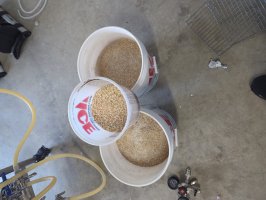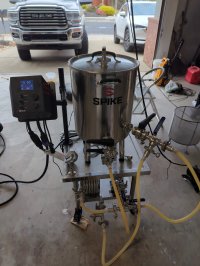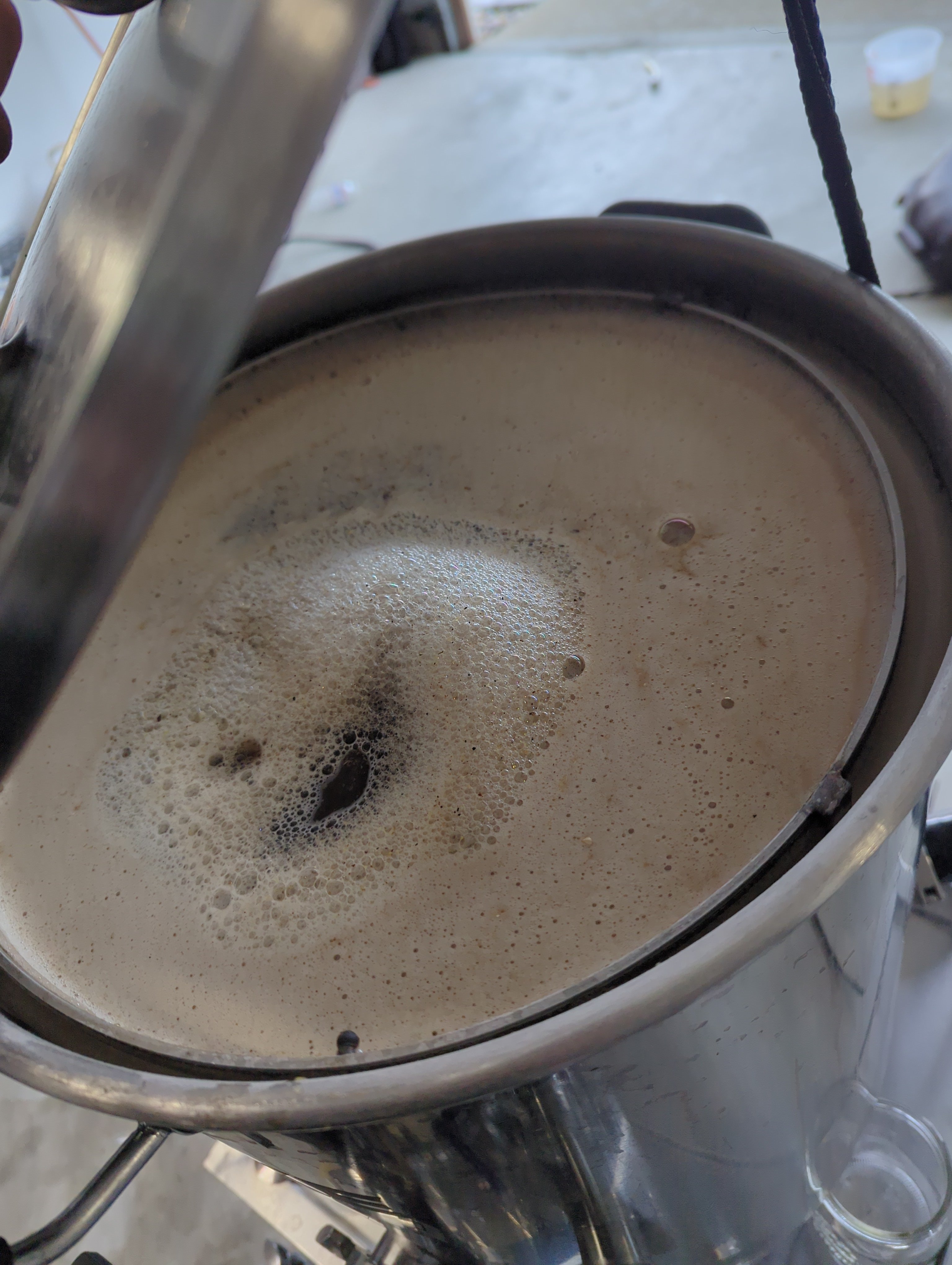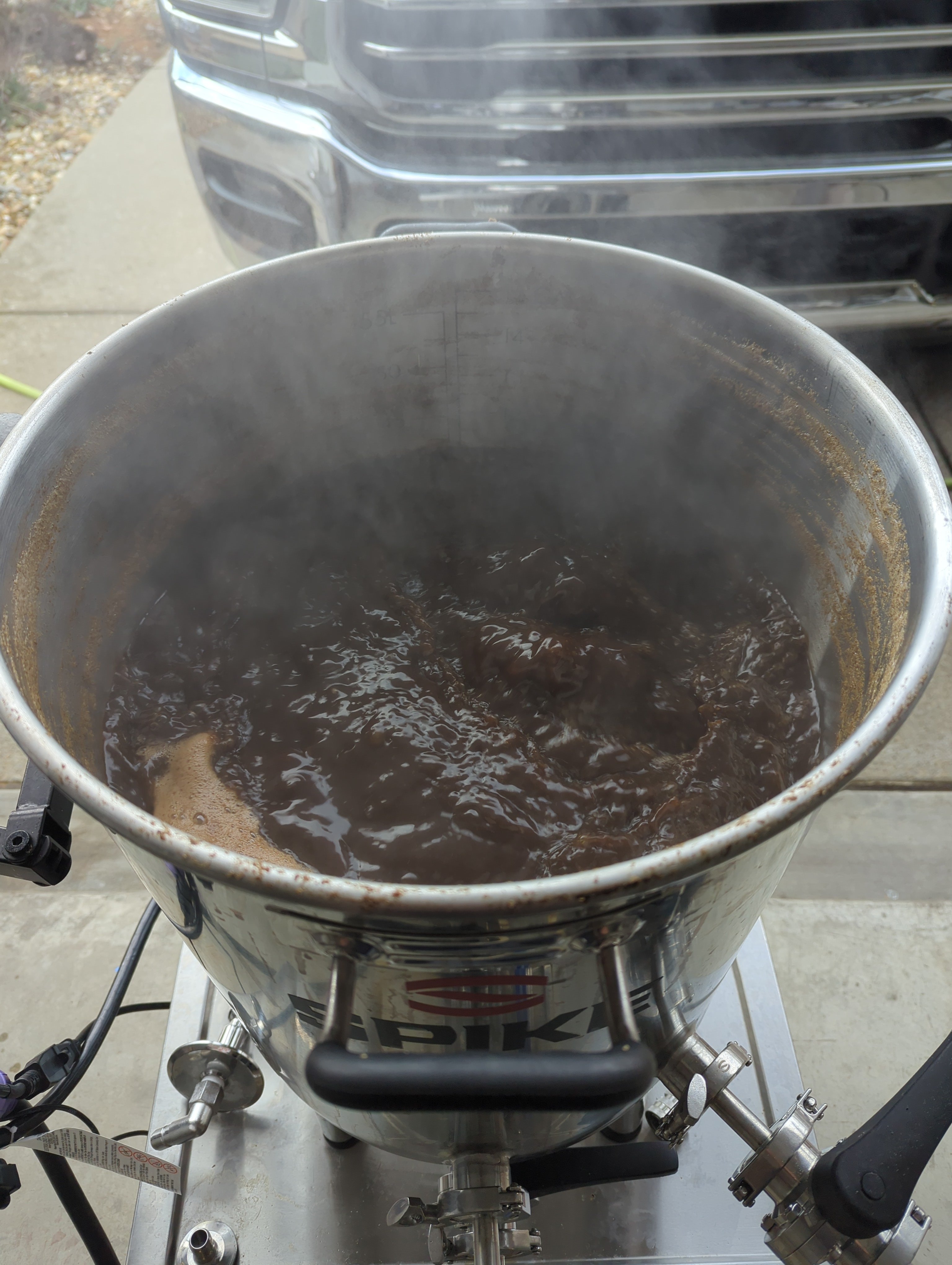VikeMan
It ain't all burritos and strippers, my friend.
- Joined
- Aug 24, 2010
- Messages
- 5,966
- Reaction score
- 6,216
I’ve honed my BIAB process as much as I can. BIAB is known for lower efficiencies so I just plan for it and move on. The beauty of this hobby is we have choices.
BIAB is/was known for lower mash efficiencies because as originally envisioned (and still practiced by many/most) it's a no-sparge process. A no-sparge process will have (all else being equal) lower mash efficiencies than batch or fly sparge processes, because lauter efficiency is lower. But mash length has nothing to do with lauter efficiency. Mash length can affect conversion efficiency (the other component of mash efficiency), if it's too short. But incomplete conversion should never be a goal. Short mashes (or long) can be an effective control knob to influence fermentability, but mash length should never be chosen to target an incomplete conversion. If you're happy with the spreadsheet, that's cool. But if it behaves the way you say, it's based on a flawed premise.
ETA: Regarding/clarifying why it's based on a flawed premise...
It's entirely possible to get complete conversion (with a reasonable process) in a 45 minute mash. Extending the mash will not increase conversion. So if brewing software gives two different gravity predictions based on 45 minutes and something longer than 45 minutes, that's a flaw.
Last edited:
























![Craft A Brew - Safale BE-256 Yeast - Fermentis - Belgian Ale Dry Yeast - For Belgian & Strong Ales - Ingredients for Home Brewing - Beer Making Supplies - [3 Pack]](https://m.media-amazon.com/images/I/51bcKEwQmWL._SL500_.jpg)











































